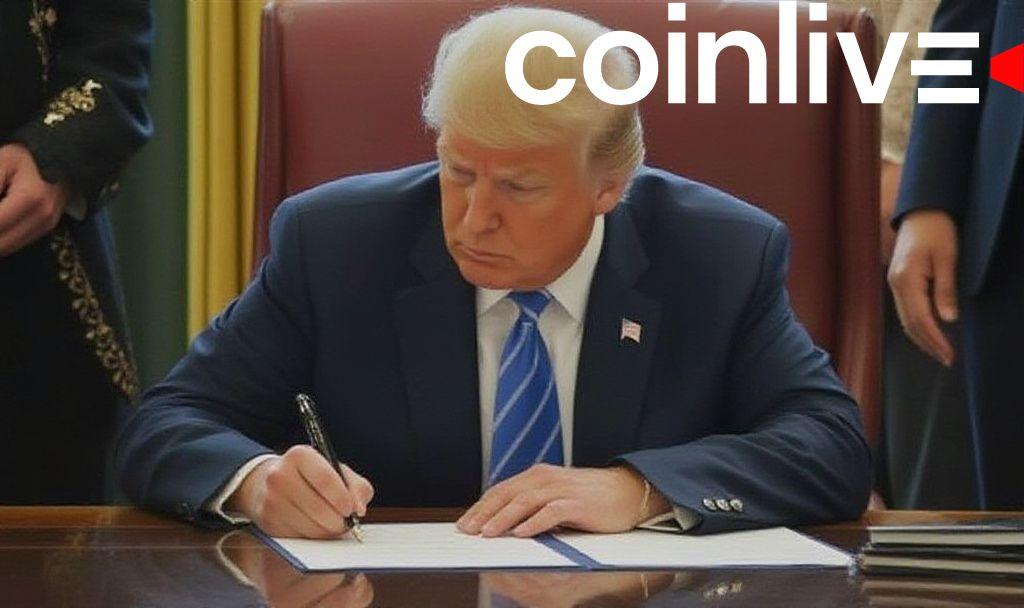- Trump hints at lowering tariffs; negotiations are imminent.
- Potential tariff cut to 80% sparks discussions.
- An 80% tariff may still affect consumers.

The potential tariff reduction indicates a shift in U.S.-China trade policy, affecting upcoming Geneva negotiations.
President Trump signaled reducing tariffs on Chinese goods ahead of trade negotiations. Current tariffs stand at 145%, and reducing to 80% raises concerns. “80% Tariff on China seems right! Up to Scott B,” said President Trump. The negotiations feature Scott Bessent and Jamieson Greer representing the U.S.
Treasury Secretary Scott Bessent and U.S. Trade Representative Jamieson Greer will lead talks with China’s Vice Premier He Lifeng. Experts warn an 80% tariff still means higher prices for U.S. consumers.
Consumers may face rising prices and possible product shortages, impacting industries reliant on Chinese imports. The financial effects may persist even if tariffs are reduced.
Economic Impact of Tariffs
Trade relations remain strained with China imposing 125% retaliatory tariffs. The situation affects economic interests, reflected in $440 billion worth of imports last year.
Historical events show similar trade war concerns leading to higher consumer prices. This situation echoes past tensions between the U.S. and China, which triggered warnings from businesses.
Financial outcomes hinge on upcoming negotiations. Understanding historical trends, experts predict continued challenges despite possible tariff reductions. An 80% tariff, though lower, maintains significant economic impact.








